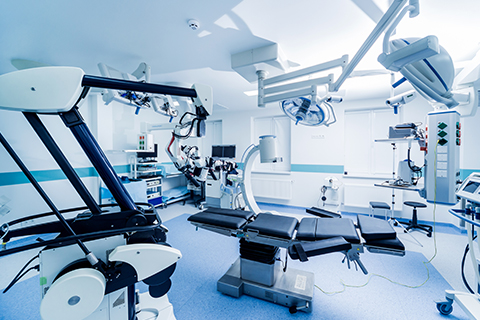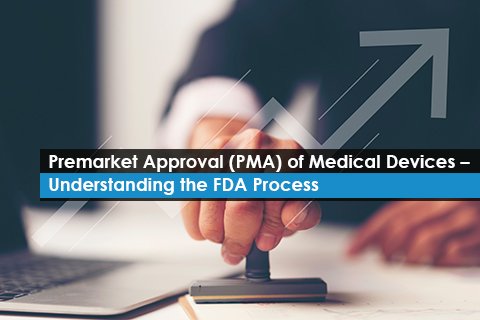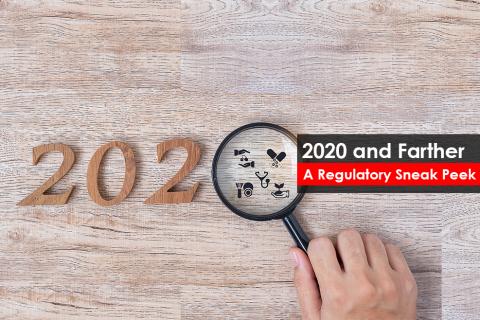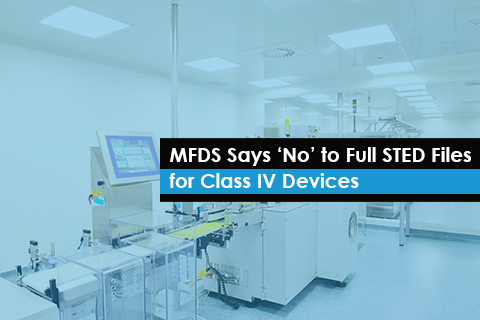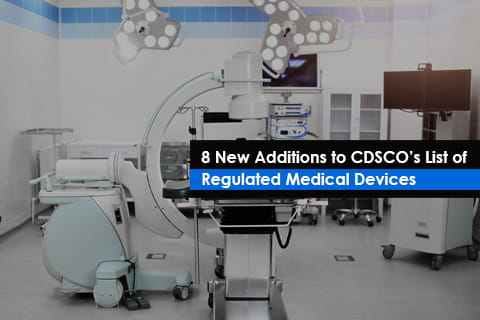Japan’s PMDA Releases the DASH Program for SaMD

As technology continues to revolutionize the healthcare industry, software applications play an increasingly critical role in the medical device industry. In Japan, the regulations surrounding Software as a Medical Device (SaMD) are robust and are specifically designed to ensure patient safety and product efficacy.




